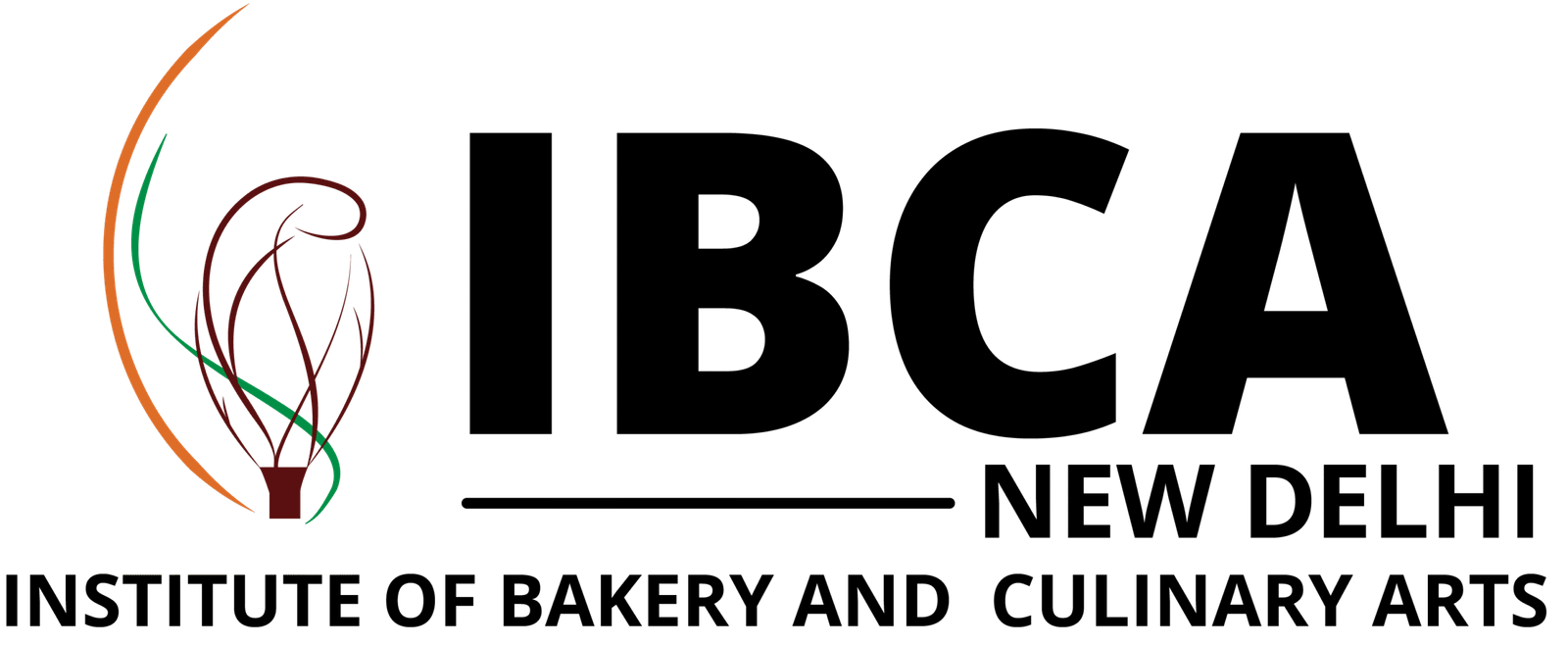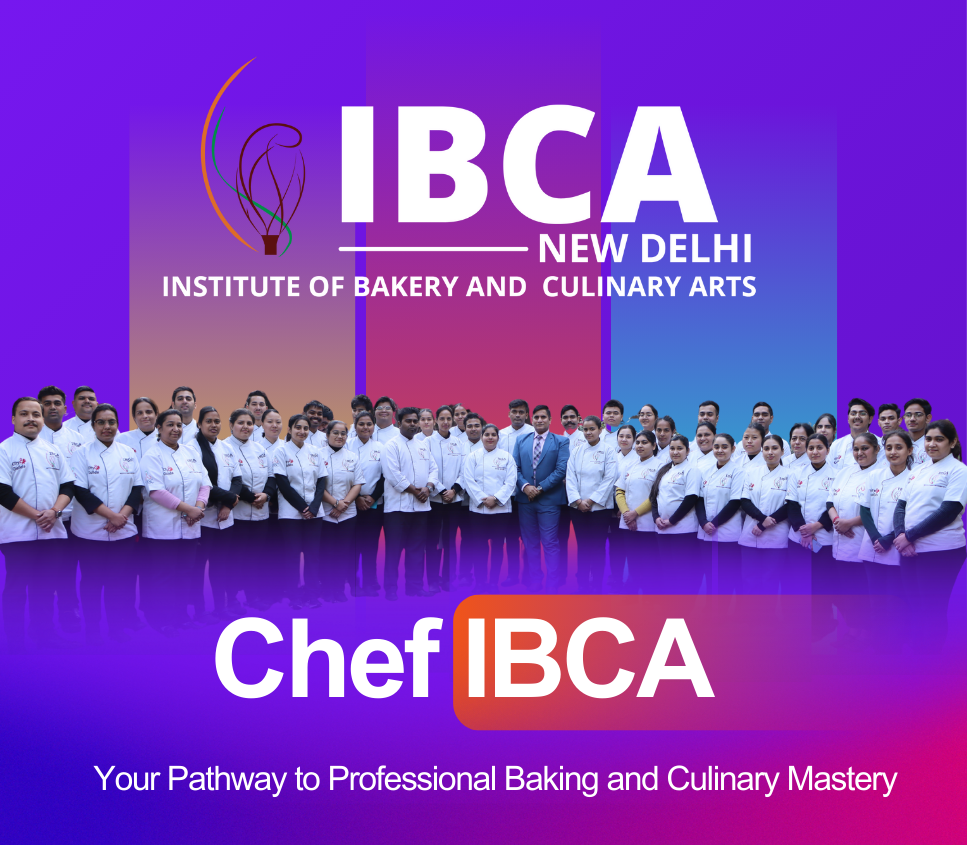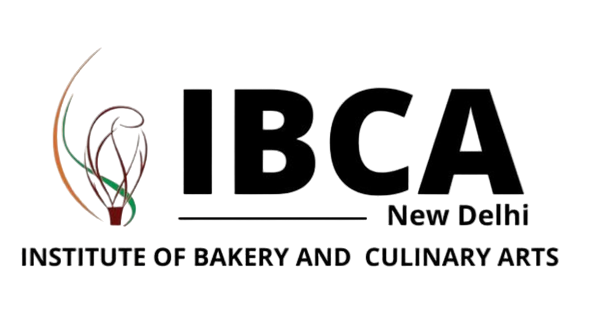The very word ‘culinary’ means “related to cooking”. Cooking is basically the art and science of preparing food for eating by the application of steam and heat. This kind of arts takes it all which are food preparation, sometimes table manners too, cooking, and even food presentation which are generally in the form of meals. The people preparing food professionally are called cooks or chefs, and formally culinarian or culinary artists. These learned professionals normally have to make the food delicious keeping in mind about the nutritional values along with it being really appetizing to look at which is definitely a herculean job. Professionals in this field mainly aim for reputed hotels and restaurants, then comes hospitals or airlines and many more places to work.
We all know about how uncouth and savage the early men were initially to eat raw meat of the animals they hunted. However, with the advent of fire, they started roasted those meat and started enjoying a better version of their food and that was the start of the evolution of human food. This fact was actually proved by the famous anthropologist Richard Wrangham, who is also the author of Catching Fire: How Cooking Made Us Human . He supported it by saying once primitive humans just simply tossed a chunk of meat into the flames and watched it sizzle and found it more appetizing and easy to digest than just raw meat. With slow advancements of earthenware, stoneware and good agriculture and raising of livestock the culinary got development. Such roasting of food continued until the Paleolithic period, when the Aurignacian folks hailing from southern France started to steam foods over hot embers by wrapping them in wet leaves. Along with procedures like toasting and turning wild grains upon flat rocks, shells and skulls. They used hollowed stones for heating liquids. The Neolithic Age also saw the same trend of cooking. Also the introduction of peasants, kings, castes, cultures, regions the food consumed got differed which gave rise to a great variety of dishes and cuisines. Also several improvisations, fusions and experimentations gave rise to more than thousands of cuisines worldwide. Even before Christ the nation of China predated the recorded history in the cultivation of soybeans. Soybean was even a member on the list of five sacred grains of China. There has been quite a lot studying of culinary arts in Europe mainly organized by Jean Anthelme Brillat-Savarin who famously once said, “Tell me what you eat, and I will tell you what you are”, this statement clearly portrays how food over the ages got fragmented and renewed with the taste and preferences of mankind. In Asia, there has been very oriental cuisines that the natives cherished for ages, however with the merge of the Eastern and Western ideas and also food, the industry has been increasing with the gradually heightening of globalization. Culinary students now, are open to a lot more variety and options to study and create. When the Asians were enjoying their original food, in the Western world study of culinary evolved greatly during the Renaissance period. Even before that kings and monarchs used to hire great cooks from a lot of places and the unique dishes they used to prepare used to become special dishes to impress both the kings’ hearts and the guests they attained. With times those royal dishes gained popularity among the common masses as king’s favourite dish or queen’s birthday dish. With the advent of earthen wares and stone wares, the food cooking techniques of boiling, stewing, braising and also pan techniques like pickling, frying and also oven baking also started. These cooks learnt the art of preserving and storing dairy products and fish products by smoking, salting, air-drying and also by chilling. Dishes like Bacalao a la vizcaina and finnan haddie which were predominantly dried cod and smoked haddock became quite popular.
These well acclaimed cooks of those times used to write culinary books to note the recipes they improved or recreated newly so that people can follow in the future and remember them and their artistry. Many of them could not have been rescued. However, we feel great and pleasure and pride on the recipes of the books that could have been rescued and are legitimate enough even till this day. Some of those books are:-
- YALE CULINARY TABLETS – Three clay tablets dating back to 1700 are assumed to be the oldest cook books found till this day. Researchers believe that those recipes are somewhat equivalent to haute cuisine, which are fit for royalty. The experts could decipher just 25 recipes for stew. The difficulty occurred due to the language being in cuneiform. Eatables like bread, both plain and savoury and elaborate sweet cakes too.
- DE RE COQUINARIA (THE ART OF COOKING) – Also known as Apicius, this cook book has been made as early as the late fourth century and has 10 sections within it. The recipes written there well portray how were the eating habits of the wealthiest strata during that time.
- KITAB-AL-TABIH – This book was written by Ibn Sayyar al-Warraq in the early 10th century and present a spectacular view into the medieval Islam gourmet culture. The3 book has an enormous collection of more than 600 recipes within 132 chapters. Its pages give a real insight into the lives of that time.
- L LIBRE DE SENT SOVI – This is a Catalonian book which was writer in 1324 and is the oldest surviving manuscript of its kind. Its author is anonymous and come up with 220 recipes. These days people can buy an English version of the book too, which was first published in 2008.
- YINSHAN ZHENGYAO – Written during the Yuan Dynasty of China by the court therapist and dietician Hu Sihui during 1330, is not only a cook book but is also a medicine book. The book aimed at making people eat healthy to keep them away from the diseases at the bay. Some of the recipes have Mongolian, Turkic and Persian flavours mingled with them. There are recipes with the nation’s favourite Peking Duck.
In 1879, the first school started in the United States, the Boston Cooking School. In 1970, another incident took place in the history of Culinary Arts which became a strong milestone forever. Norman Borlaug won the Nobel Peace Prize for breeding miracle wheat strains.
Before, the introduction of cooking schools there were renowned cooks who used to train interested novice students, who used to apprentice under him. Now there are so many options for students who are trying to choose culinary for their professional. Some top notch Culinary Institutes are:-
- AUGUSTE ESCOFFIER SCHOOL OF CULINARY ARTS, USA
- CULINARY INSTITUTE OF AMERICA, USA
- LE CORDON BLEU, PARIS, FRANCE
- CULINARY ARTS ACADEMY, SWITZERLAND
- INSTITUTE OF CULINARY EDUCATION, NEW YORK
India too has quite many of good Culinary Arts schools for students who have decided to study from their native nation and also for students from other countries. These institutes have proven for years that the occidental world is not the only superior race to excel in this professional. For years India too has shaken the hearts of the gastronomes of the world with it’s authentic cuisines. Previously it was the women of the household or simple hired cooks used to do it all. However, with the rise of nation’s best culinary institutes like Trufflenation, IBCA, La Palate Culinary Academy and so on, sophisticated cooking and world acclaimation did not feel a mile’s walk.
Thus, the idea of good food making good mood is age old. The very domination of the sense of taste has risen from the origin of humankind. With gradual evolution of culture and taste, food has always found a way out to soften men and women of every race and class of the world. Previously native food was constricted among the original people of a country, however with the advent of globalization the world has become a global village and every person is getting an access to all kinds of food and the very idea of experimentation is taking a real shape creating more varieties of the same. Food not only fills our stomach but equally pleases our heart and soul and we understand that all the arrangements and hard work to get that perfect taste are all worthy enough.




